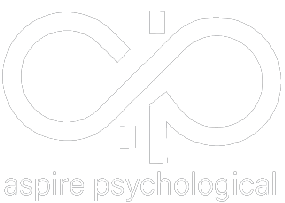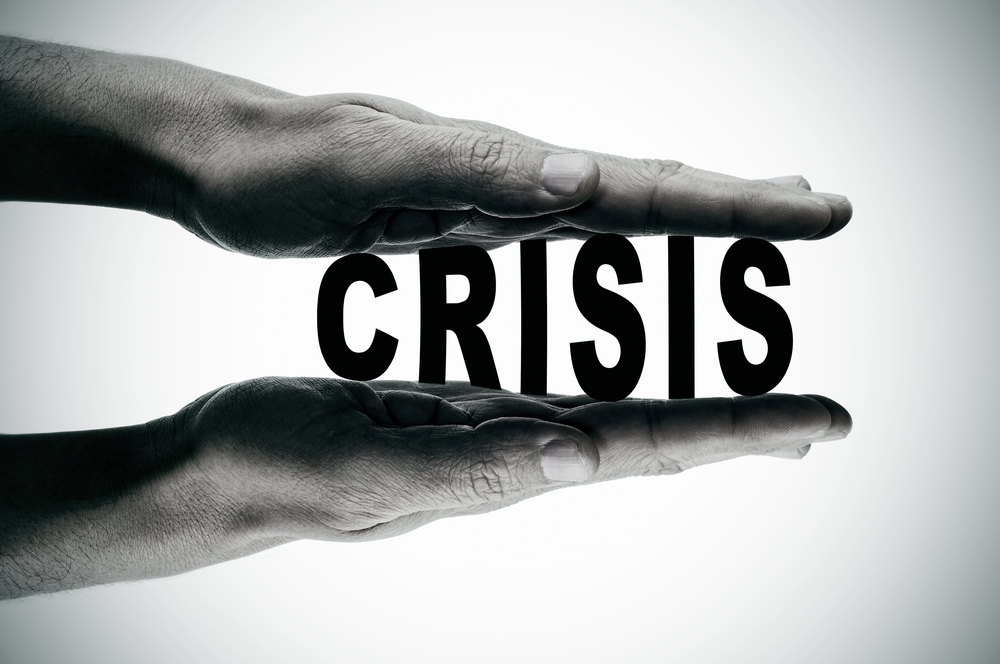On the surface, Sarah appeared to have it all – a loving family, a good job, and a circle of friends. But beneath her smile and feigned confidence, she carried a heavy burden: a relentless battle with depression that had plagued her for years.
Sarah’s struggle with depression traced its roots back to her childhood. Sarah grew up in a challenging environment marked by financial instability and constant family conflict. She often found herself helpless and unable to control her circumstances. Her parents’ divorce when she was eight years old left her feeling abandoned and unloved. The pain of those early experiences created an outlook that life is difficult and painful, and she is helpless to change it.
As she moved into adulthood, the feeling of helplessness continued to haunt Sarah. It seemed that no matter how hard she tried, life always found a way to knock her down. While she maintained an impressive exterior, her inner self-esteem dwindled, and she became convinced that she was destined for failure. She lost interest in the things she once loved, her relationships were strained, and she felt like a burden to her family. Her depressive thoughts whispered to her that she was powerless to change her life for the better.
One day, Sarah reached a breaking point. Desperate for a way out, she decided to seek help from a clinical psychologist who specialized in cognitive-behavioral therapy (CBT). As Sarah began to share her story in therapy, the psychologist recognized the familiar signs of Learned Helplessness. Sarah had internalized a belief that no matter what she did, she couldn’t escape the clutches of her depression. Over the course of their therapy sessions, Sarah worked together with her psychologist to challenge and reframe her negative thought patterns. They explored the deep-seated beliefs that had kept her trapped in a cycle of despair.
One of the key lessons Sarah learned during her therapy was the importance of self-compassion. Her psychologist helped her understand that setbacks and failures are a natural part of life, not a reflection of her worth as a person. Through therapy, Sarah began to rebuild her self-esteem.
As Sarah applied the tools and techniques she learned in therapy to her daily life, small victories started to pile up. She revived old hobbies, mended strained relationships, and even began pursuing a new career path. With each success, her belief in her ability to shape her own destiny grew stronger.
Sarah’s depression began to lift. She no longer saw herself as a helpless victim of circumstance but as a resilient and capable individual who could overcome adversity. The chains of Learned Helplessness had finally been broken.
Skilled psychologists have the humble honor to help many patients like Sarah. With the right support along with the determination to change, anyone can rewrite their life story, replacing Learned Helplessness with confidence and resilience.
“Learned Helplessness” is a psychological phenomenon often resulting from a series of distressing experiences in which individuals perceive a lack of control or ability to change their circumstances. In a groundbreaking study by Dr. Martin Seligman, the concept of Learned Helplessness was explored using dogs as subjects. This study shed light on the potential parallels between Learned Helplessness in animals and the experience of depression in humans.
Dr. Seligman’s study involved subjecting a group of dogs to a chamber where they were shocked and unable to escape. Subsequently, the same dogs were placed in a different chamber, equipped with a low wall allowing them to escape the shocks. Surprisingly, the dogs failed to make any escape attempts, despite having the means to do so. This behavior exhibited by the dogs revealed a crucial insight into the development of Learned Helplessness.
In parallel to the canine study, people suffering from depression can also experience Learned Helplessness. After enduring numerous distressing or painful life experiences without the ability to change their circumstances, they may internalize a sense of hopelessness. This Learned Helplessness can manifest in a lack of motivation to change or improve their situation, perpetuating a cycle of despair. Learned Helplessness can have a negative impact on people in several ways. Research has found links between Learned Helplessness and multiple diagnoses including chronic pain, post-traumatic stress disorder, insomnia, anxiety and work-related stress and burnout.
Fortunately, cognitive behavioral therapy offers a ray of hope to those grappling with Learned Helplessness. This therapeutic approach recognizes that our thoughts, feelings, and behaviors are interconnected. By challenging and reframing negative thought patterns, CBT empowers individuals to regain control over their lives and develop more adaptive and positive ways of thinking.
The first step in CBT is to identify and become aware of negative thoughts and beliefs that contribute to emotional distress. Therapists work closely with individuals to help them recognize patterns, triggers, and cognitive distortions that perpetuate feelings of hopelessness. Through this process, individuals gain insight into the origins of their Learned Helplessness and begin their journey towards recovery.
Once negative thought patterns are identified, CBT focuses on challenging and reframing these thoughts. Therapists guide individuals in examining the evidence that supports or contradicts their negative beliefs, encouraging them to develop more realistic, encouraging and balanced perspectives. By challenging the underlying assumptions, individuals can gradually replace negative thoughts with more positive and empowering ones.
As individuals progress through CBT, they learn valuable coping strategies and problem-solving skills to regain a sense of control over their lives. Through guided practice, they develop the ability to recognize and challenge negative thoughts independently, enabling them to confront and overcome obstacles that previously seemed insurmountable. With each small victory, the cycle of Learned Helplessness is gradually broken.
In summary, Learned Helplessness can cast a shadow of hopelessness over individuals’ lives. However, cognitive behavioral therapy provides a transformative path towards regaining control, fostering resilience, and rediscovering hope, paving the way for a brighter and more empowered future.





